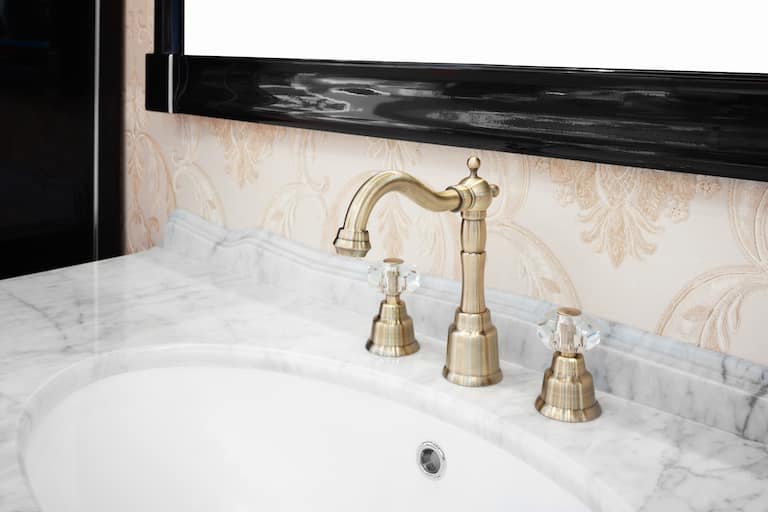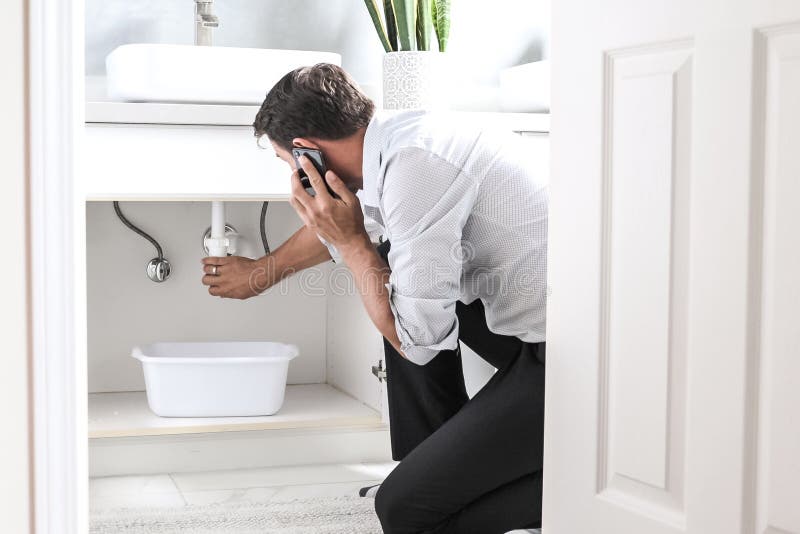How to Detect and Repair Water Leaks in the Bathroom: Expert Advice
How to Detect and Repair Water Leaks in the Bathroom: Expert Advice
Blog Article
Almost everyone may have his or her own opinion when it comes to Tips For Water Leak Detection In Bathroom.

Restroom leakages are annoying as they interrupt your day's plan. It is an alleviation that most restroom leakages are easy to find and also repair, with very little price implications.
Having a water leakage in washroom can be demanding to the house owner. The post serves as a "first aid" when you require an emergency situation action to a water leak in restroom.
Detection and Repair of Water Leakage in Shower Room
Water leak in restroom commonly results from plumbing as well as pipeline faults. There are several types of bathroom leaks. You might need a fundamental knowledge of these leak types to discover the water leak in shower room. Right here are the usual bathroom leaks and deal with pointers:
Clogged Restroom Sinks
Occasionally, the water leak in washroom results from sink clogs. This is often a hassle to house owners and might be unpleasant. Clogs may result from the buildup of soap residue, hair particles, or particles that clog the drainpipe. It is simple to manage blockages, and you might not need specialist skills.
What to Do
You can utilize a drainpipe snake to get rid of the debris in the drainpipe and allow the stagnant water circulation. Drain cleaners are likewise readily available in stores as well as are easy to use. A bettor is likewise helpful in removing your drain. It is an usual family tool as well as is available in helpful in removing bothersome clogs in sinks and drains.
Toilet Leaks
Occasionally, water leakages from the commode and pools around the bathroom base. It is an eyesore in the shower room and needs prompt focus.
What to Do
If there are loose bolts between the cistern and also bathroom, you just require to tighten them. Sometimes you may need to reapply wax on the gasket or employ a shower room leak expert to change damaged or used parts.
Dash Leaks
These typically result from water splashing on the shower room flooring from the bathtub. It is a consequence of using an inadequate shower curtain or used bathtub lining. It damages the shower room flooring and also might cause rot to wood floors as well as restroom doors. The water normally pools around the tub or shower. This might result in worse washroom damage without punctual handling.
What to Do
This bathroom leakage is the easiest to repair. You only require to change the curtains or recaulk the bath tub or shower. If the leak has damaged the restroom floor or door, you may need to alter these to prevent additional damages. The bright side is that you can involve a pipes professional to aid with the restroom fixing.
Conclusion
Water leakages in the bathroom are avoidable events in the house. When they do, repair them promptly, or engage the services of an expert.
The write-up offers as a "very first help" when you require an emergency situation response to a water leak in restroom.
Water leakage in shower room generally results from pipes and pipe faults. You may require a standard expertise of these leakage kinds to detect the water leak in bathroom. In some cases, the water leak in washroom results from sink obstructions. It harms the washroom flooring and also might create rot to wood floorings as well as bathroom doors.
Tricks for Locating a Water Leak in Your Bathroom
Run a Test Using Your Water Meter
One of the clearest indications of a leak in your household is if there’s a sudden unexplained increase in the water bill. For the most part, your water usage shouldn’t change too much from month to month, so a sudden surge is a surefire warning sign.
For further evidence of a leak, Bob Vila recommends this simple test. First, "turn off all the water faucets in your home, and make sure the washing machine and dishwasher are not running." Go to your water meter and look over the reading. After two hours, see if there is a change in the reading. If there is, you've definitely got a leak on your hands and it may be coming from your bathroom!
Test The Toilet
Toilets are among the leading culprits when it comes to unexplained leaks. The rubber stopper (knowns as the flapper) that separates the tank from the bowl can become brittle over time, creating a leak. If you have a toilet that periodically runs on its own for a few seconds, this is probably why.
To confirm your suspicions, put a couple of drops of food coloring into the tank of the toilet. Return after a few minutes and check the bowl. If the dye has entered the bowl, then there’s a leak that should be repaired.
Check for Water Damage to The Walls and Ceilings
If you have a leak emanating from an upstairs bathroom, one of the first things you’ll notice is water damage on the ceiling of the room below. Watermarks and discoloration are clear indicators of leaks, but you might also notice flaking or peeling paint.
Remember: Water doesn't always follow predictable routes. So if you see water marks on the walls, those could also be the result of a leaky upstairs bathroom.
Be Aware of Musty Odors
When it comes to bathroom leaks, the nose often knows best. An undetected leak can go on for quite some time, resulting in the ideal conditions for mold and mildew. Mold has an unpleasant odor and is a sign that your home could be suffering from significant water damage. It’s also a health hazard, especially for those who suffer from respiratory illnesses and allergies, so it's important you have it remedied as quickly as you can.
Inspect Bathtub and Shower Seals
You might not see any leaks or notice any obvious signs of water damage, but it’s important that you look for gaps between the seals surrounding your shower, bathtub, and walls. These kinds of leaks may require extensive renovations if they’re not repaired promptly.
Any presence of moisture on the seals is indicative of a problem, as is peeling or bubbling paint on the bathroom walls. If you have vinyl flooring, be cognizant of curling or bubbles and soft spots in the wood beneath.
https://www.waterdamagerestorationaz.com/locating-bathroom-water-leak-tricks

We hope you enjoyed our excerpt on How to Check for Bathroom Leaks. Thank you so much for taking time to browse our article. Sharing is good. Helping others is fun. Many thanks for taking the time to read it.
Save your home, call now! Report this page